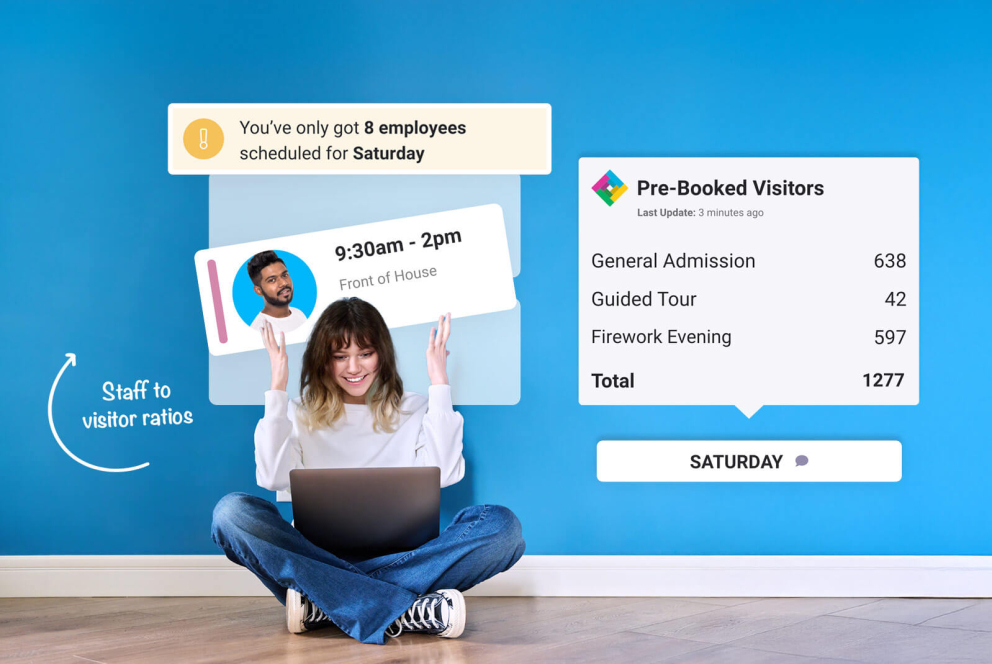
If you've read the news about changes from Universal Analytics to Google Analytics 4, and you're in a panic about what to do next, or simply aren't sure what it all means, then this is the blog for you.
Google Analytics 4 (GA4) is the latest version of Google's web analytics tool, and it offers several benefits over its predecessor, Universal Analytics (UA). In this blog post, we'll explore how to use GA4 to gain deeper insights into your website and ticketing platform and make informed decisions about your marketing strategies and customer behaviour. Below, we'll list all the next steps for getting your site GA4 ready.
- Set up GA4 on your website
To use GA4, you'll first need to set it up on your website. If you already have UA installed, you can create a new GA4 property in the same account. Once you've created a GA4 property, you'll need to add the GA4 tracking code to your website and ticketing platform. This ensures that the customer journey is tracked all the way through your website, to checkout.
- Understand the event-driven data model
GA4 uses an event-driven data model, which means that you'll need to define events that you want to track. Events can include user interactions within your website such as clicks, pageviews, and video plays. You can also define custom events based on your specific business goals.
- Use advanced machine learning for smarter insights
One of the key benefits of GA4 is its advanced machine learning capabilities, which provide more intelligent insights into user behavior. For example, GA4 can analyze user journeys across multiple devices and predict future outcomes based on user behavior. You can use these insights to identify opportunities for optimisation and create more targeted marketing campaigns.
- Track cross-device interactions
GA4 uses advanced technology to track users across multiple devices, giving you a more complete view of their interactions with your website. This is particularly important as more and more users switch between devices throughout their customer journey. With GA4, you can see how users interact with your website or app on different devices and use this information to optimise the user experience.
- Integrate with Google Ads
GA4 has more robust integration with Google Ads, allowing you to create more targeted campaigns and track their effectiveness more accurately. You can use GA4 to create custom audiences based on user behavior and then use these audiences to create more targeted ads. You can also track conversions across multiple devices and campaigns, giving you a more complete view of your advertising performance.
- Use in tandem with Universal Analytics
Before it's too late, get your GA4 set up and running alongside your current Universal Analytics. This means you'll be able to track the data and ensure that everything is working correctly before the big switch.
GA4 offers a more comprehensive and intelligent approach to web analytics, providing businesses with deeper insights into user behavior and helping them make more informed decisions about their marketing strategies. By following the steps outlined above, you can set up GA4 on your website or ticketing and start using its advanced features to optimise your digital marketing efforts.
Want to learn more?
Get in contact with us to discuss how we might be able to help.


